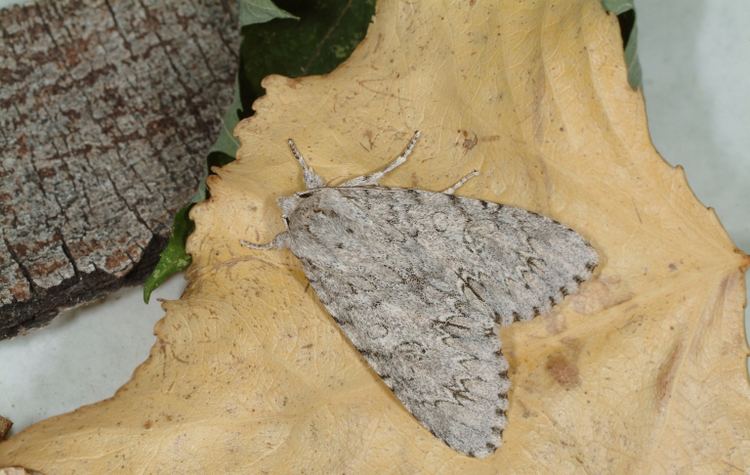Higher classification Acronicta | Scientific name Acronicta americana Rank Species | |
 | ||
Similar Acronicta, Insect, Butterflies and moths, Noctuidae, Acronicta oblinita | ||
The american dagger moth caterpillar acronicta americana
The American dagger moth (Acronicta americana) is a moth of the family Noctuidae. It is native to North America.
Contents
- The american dagger moth caterpillar acronicta americana
- Poisonous american dagger moth caterpillar yellow and black fuzzy acronicta americana
- Description
- Subspecies
- Distribution
- Flight period
- Habitat
- Life cycle
- Host plants
- References

Poisonous american dagger moth caterpillar yellow and black fuzzy acronicta americana
Description

The American dagger moth has a wingspan of 50 to 65 mm (2.0 to 2.6 in). It is gray to gray-brown with darker markings. It usually has a sharp, double postmedian line, with white in between the two lines. There is a black dash on the anal area of the fore wing. The hind wing is gray with a faint, darker gray median line in the male. The female is similar, except the hind wing is completely dark.
Subspecies
Distribution
The American dagger moth is found in North America east of the Rocky Mountains.
Flight period
The American dagger moth can be seen from April to September throughout its range. Caterpillars can be seen from July to October. It has one brood in the north and two to three broods in the south.
Habitat
The American dagger moth is found in deciduous woodlands and forests.
Life cycle
The young caterpillar is densely covered with yellow setae. The older caterpillar's setae are either pale yellow or white. All instars have thin, black setae on the first and third abdominal segments. On the eighth abdominal segment, there is one tuft of black setae. The caterpillar will reach a length 50 mm (2.0 in).
